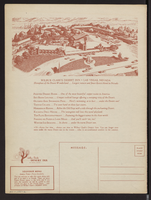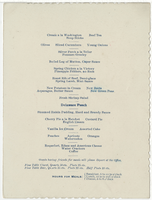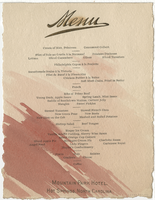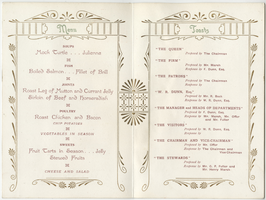Search the Special Collections and Archives Portal
Search Results
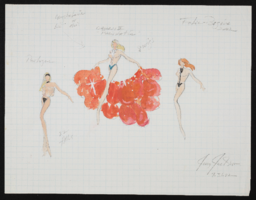
Untitled nude figures, one with ostrich cape: original costume design drawing
Date
2002-07-31
Archival Collection
Description
Series II. Folies-Bergere production papers, designs, and photographs -- 17th Edition: The Best of the Folies-Bergere -- 2002 costume revisions: costume design drawings, photographs of costume pieces, correspondence, and notes -- Prologue/Paris Latin
Mixed Content
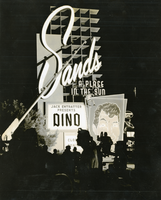
Photograph of the marquee at the Sands Hotel announcing Dean Martin's closing show, 1960s
Date
Unknown year in the decade of the 1960s
Archival Collection
Description
Marquee at the Sands Hotel that reads: Jack Entratter Presents Dino, Closing Tonight
Image
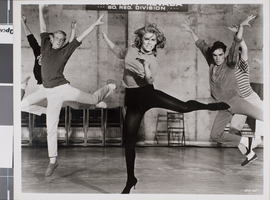
Slide of "Viva Las Vegas", Las Vegas, June 1964
Date
1964-06
Archival Collection
Description
A "Viva Las Vegas" dance sequence which was filmed at the University of Nevada, Las Vegas in the Southern Regional Division (now UNLV) gym. Actress Ann-Margret is pictured at the center.
Image
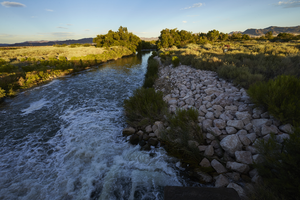
Las Vegas Wash at the Clark County Wetlands Park, Clark County, Nevada: digital photograph
Date
2016-07-09
Archival Collection
Description
Late afternoon light highlights the feature of the Las Vegas wash as it flows through the Clark County Wetlands Park.
Image
Pagination
Refine my results
Content Type
Creator or Contributor
Subject
Archival Collection
Digital Project
Resource Type
Year
Material Type
Place
Language
Records Classification

